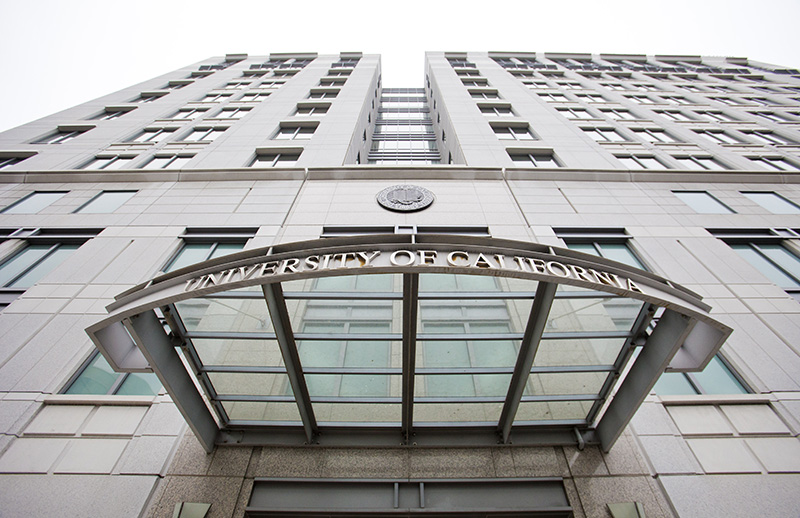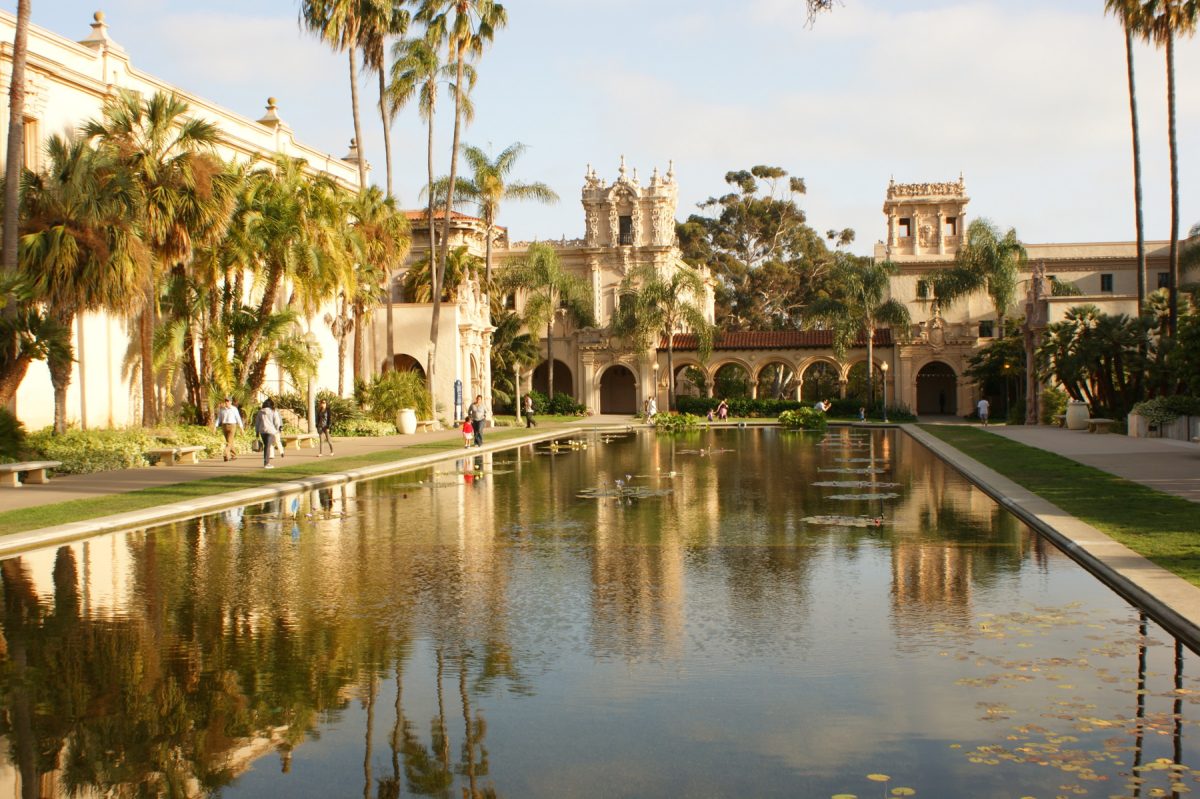On Saturday, Jan. 15, San Diegans woke up to find a rare warning on their phones regarding a potential tsunami and higher than usual waves. The warning, which was issued for all cities along the Pacific Coast, was sent after a volcano exploded underwater near the island nation of Tonga and is just the latest in a series of bizarre weather instances that have been seen in recent years.
Although California and San Diego have not seen a tsunami in years, the potential risks associated with tsunamis pose threats to the area, as local infrastructure is not equipped to handle the aftermath of a catastrophic weather event.
For the UC San Diego campus, unpredictable weather patterns have been at the helm of dangerous situations for students and staff to encounter when visiting the physical campus. Falling trees, flooded residential areas, and impacted walkways are just some examples of how the hazardous weather has been affecting students. Flooding, in particular, has been a recurring issue at UCSD as the topography of the college means that inadequate drainage systems and subpar housing often are affected by the weather in La Jolla.
The improvement of infrastructure in newer developments means that places on campus, such as the North Torrey Pines Living and Learning Community, are better equipped when it comes to handling issues such as flooding.
One of the architect firms behind the development, HKS Inc., described how the area was built with the intention of utilizing conservation strategies.
“Stormwater runoff is managed on-site through bioswales that capture and treat 90% of the average annual rainfall,” the document noted.
In 2016, flooding associated with a heavy storm inundated Peterson Hall in Thurgood Marshall College. The floor and the first row of seats in the lecture hall were flooded with the rainfall, yet lectures continued despite the less than ideal conditions.
In the Fall Quarter of the 2019-2020 school year, heavy rainfall from a storm led to various instances of flooding for students in the Marshall residential areas. Students had to relocate to alternative housing situations while the university worked to address the situation.
Leslie Sepuka, the Associate Director of University Communication, reaffirmed in an email that the campus maintains that the safety of students, faculty, and staff remains the highest priority.
“The UC San Diego Triton Alert emergency notification system keeps the campus community updated in emergency situations,” Sepuka said. “These communications are carried out through the use of e-mail and text messaging. As a student, your UC San Diego email account is already registered to receive Triton Alert emergency email notifications. You must, however, add your phone devices if you wish to receive text messages—students can do this by using the Student Triton Alert emergency notification portal.”
“[…] The university tracks weather conditions in order to prepare for wind and rain events. Facilities Management ensures campus drains are clear and runoff does not accumulate. Where runoff has a possibility of entering any spaces or creating a hazard, they check to ensure sandbag locations are stocked. Facilities Management also has an in-house flood response and remediation team, which is able to respond quickly,” Sepuka added.
The high prevalence of eucalyptus trees on campus has also raised concerns regarding the topic of safety on campus. The trees, which are invasive, populate many different areas of campus, most notably the forest separating John Muir College from University Center.
In recent years, the close proximity of these trees to walkways and housing areas has led to instances of potential disaster for students walking along these paths.
Strong winds and rain have been the cause behind the occasional, yet dangerous occurrences where eucalyptus trees fall on campus. Yet these trees remain in high quantities close to walkways where they continue to have the potential to fall and injure students.
Sixth College junior Daniel Berreondo-Cendejas told The UCSD Guardian about his experience where he encountered one of the instances where a tree fell on campus.
“My friend and I were walking from our dorm in Eleanor Roosevelt College to Price Center during a storm,” Berreondo-Cendejas said. “As we were walking through Thurgood Marshall College, we heard a snap and heard a group of students behind us scream. As we turned around, we saw the trunk of the tree fall, barely missing the students.”
“It made me think about how the university handles the maintenance of trees on campus. After that incident, I saw workers trimming the trees around the area. But I still see trees on campus near walkways that aren’t regularly maintained which I think reflects a safety issue within the campus.”
In her email, however, Sepuka mentioned that maintenance for these areas are part of preventative measures that are supposed to ensure that situations like this do not occur.
“Facilities Management also performs preventive maintenance on campus trees, in addition, the university works with arborists to perform preventive maintenance,” Sepuka said.
Sepuka also encouraged students take the following precautions in order to both protect themselves and maintain their safety:
“We recommend routinely listening to weather reports to determine storm tracking, consider installing a weather app with alerts on your phone, avoiding areas subject to flooding, and if you see standing water in a roadway or other unusual locations do not drive nor attempt to walk or ride through it,” Sepuka continued.
If students should experience any instances of flooding on campus, they are encouraged to call 534-HELP (534-4357). Campus Police will dispatch an Environment, Health & Safety (EH&S) professional. Additional detail can be found here.
Photo taken by Mila De La Torre for The UCSD Guardian













